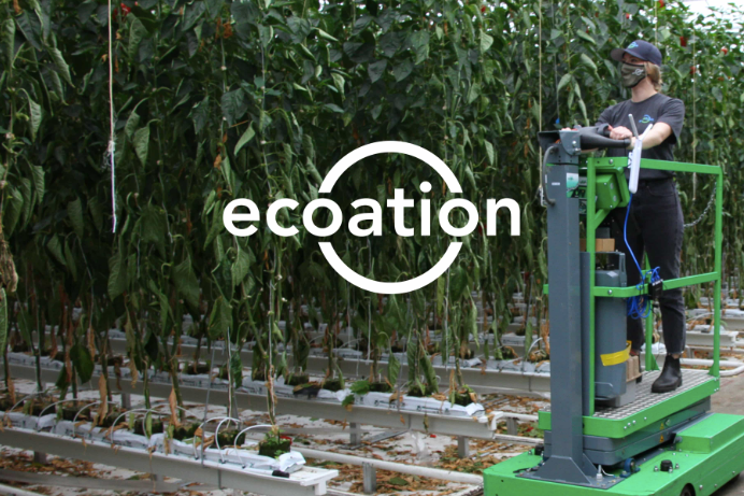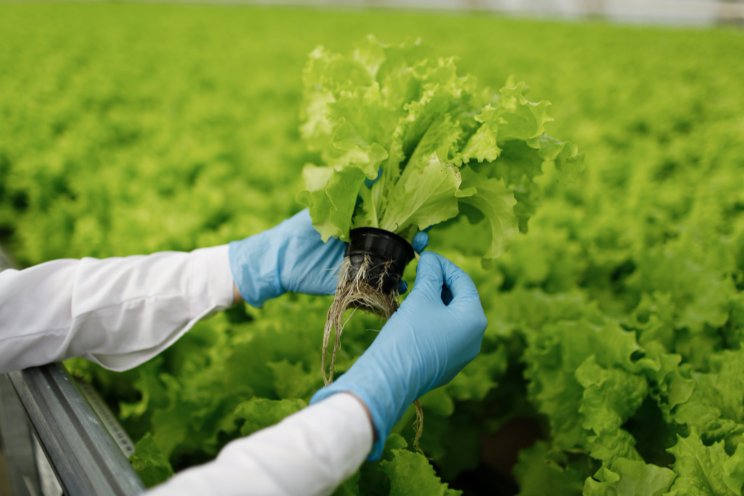Making the most of Sticky Traps
Added on 17 April 2023

This is a question with no definitive answer. While ideally IPM monitoring could be accomplished with a single miracle solution, it’s much more complicated in reality. This is why we use a wide variety of strategies to deal with pests, including beneficials, chemical treatments, and traps. What’s most important with any of these solutions individually is that they’re being implemented properly.
This brings us to sticky traps. While sticky traps are one of the most widely used solutions in IPM, you may be using them improperly, or missing out on the versatility they offer. Knowing exactly when sticky traps are most effective will help you get the most out of this simple tool in your IPM strategy.
In this article, we’ll be breaking down all the different purposes sticky traps serve, as well as taking a look at some of the other types of traps that are available. If you’ve ever wondered how you could maximize the effectiveness of these common traps, then stick around to find out.
Using Sticky Traps as a Method for Direct Pest Control?
One of the most common applications of sticky traps is the direct control of pests through mass trapping. However, there are some downsides to this approach.
These traps come in several different sizes and colours. These different designs serve very important purposes that we will cover later on. The most common style is a roll that is usually applied above a crop. These are used for mass trapping of any problematic insects.
Although these traps are commonly used in an attempt to directly control pest populations, they have some definite shortcomings. This is because sticky traps only work to capture airborne insects. This means these traps won’t work to to curb the presence of insects in immature life stages that cannot fly. These immature insects primarily live on the actual plants, so they are often the one’s causing the most damage.
Photo: Ecoation
More news









